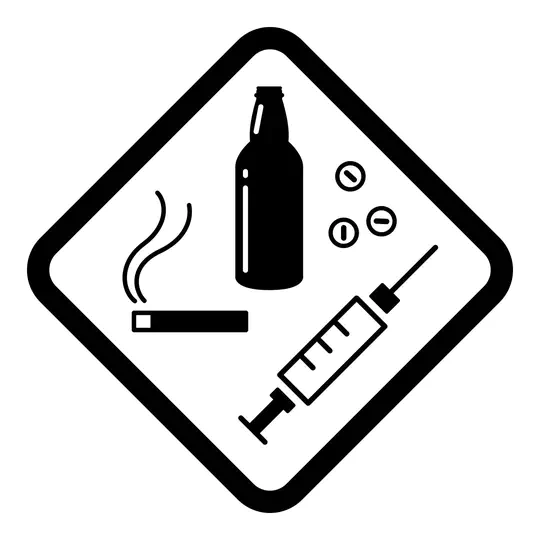Biography
I joined the MGH Institute for Technology Assessment (ITA) in August 2023 as a postdoctoral fellow working with Mohammad Jalali, Ph.D. Also, I am part of the Rising Scholars Program at the University of Virginia. I received my Ph.D. in Industrial and Operations Engineering from the University of Michigan working with Brian T. Denton, Ph.D. and Mariel S. Lavieri, Ph.D.
My research interests are generally in operations research and, more specifically, in stochastic models and stochastic dynamic programming applied to healthcare. My research is in data-driven models for improving decision-making in cardiovascular disease, cancer, mental health, and substance abuse. My work seeks to develop new frameworks for personalized medicine by developing disease prevention policies.
- Markov Decision Processes
- Stochastic Optimization
- Healthcare
- Revenue Management
PhD in Industrial and Operations Engineering, 2023
University of Michigan, United States
MSc in Industrial Engineering, 2012
Universidad de los Andes, Colombia
BSc in Industrial Engineering with Mathematics Minor, 2010
Universidad de los Andes, Colombia
Recent News
[12/24/24] New paper on Uncovering Patterns in Overdose Deaths: An Analysis of Spike Identification in Fatal Drug Overdose Data in Massachusetts, 2017-2023 published in Public Health Reports.
[07/19/24] New preprint on Who Goes Next? Optimizing the Allocation of Adherence-Improving Interventions at ArXiv.
[10/25/22] New paper on Monitoring policy in the context of preventive treatment of cardiovascular disease published in Health Care Management Science.
[10/20/22] The INFORMS Student chapter at UM received the 2022 Summa Cum Laude Student Chapter Award at the INFORMS Annual Meeting.
[02/23/22] New paper on Using Longitudinal Health Records to Simulate the Impact of National Treatment Guidelines for Cardiovascular Disease published in the 2021 Winter Simulation Conference Proceedings.
Projects
Recent Publications
Teaching Experience
Courses taught:
- IIND 2109 - Decision Analysis Tools
- IIND 2104 - Stochastic Modeling
- IIND 3107 - Marketing Engineering
- IIND 3113 - Discrete Event Simulation


